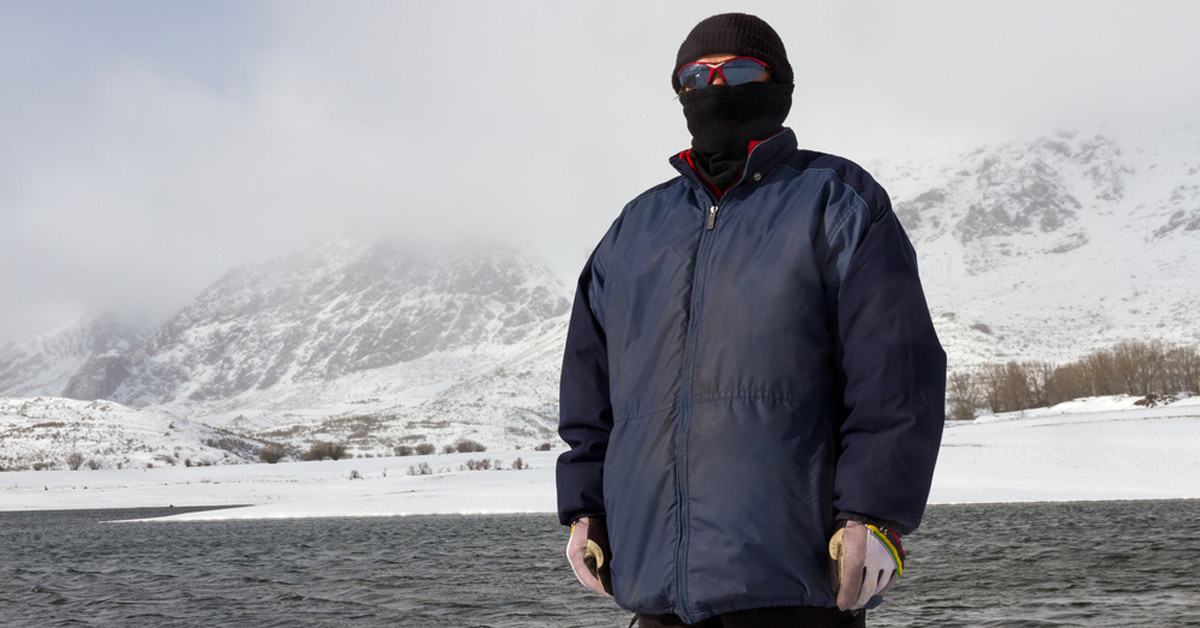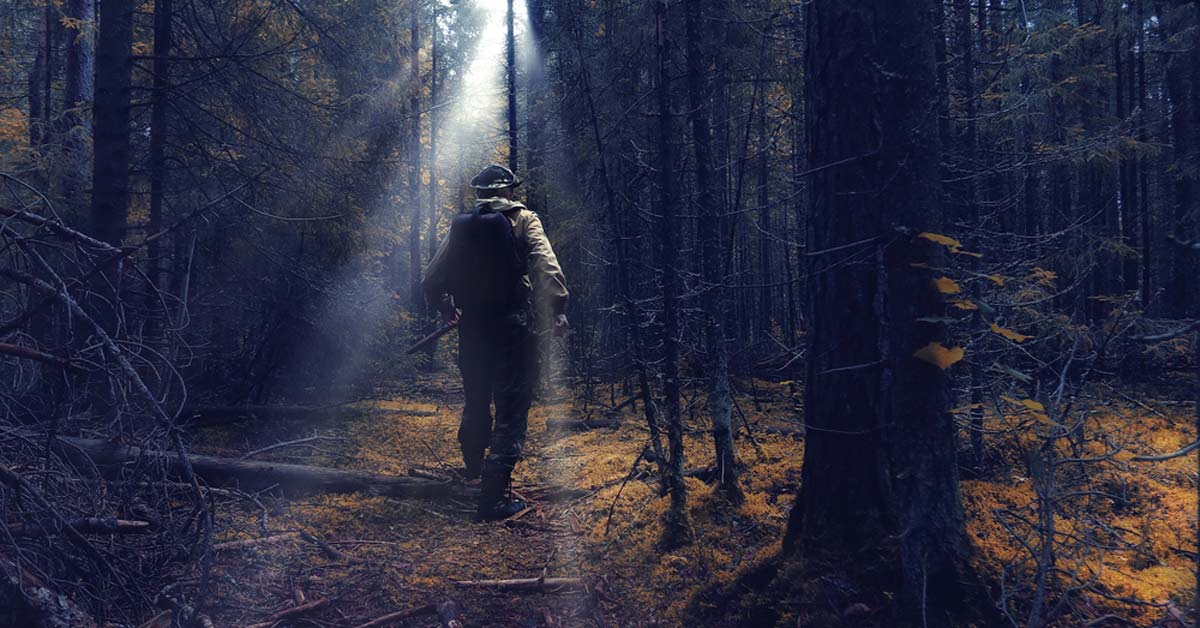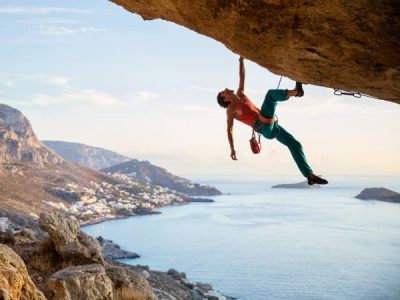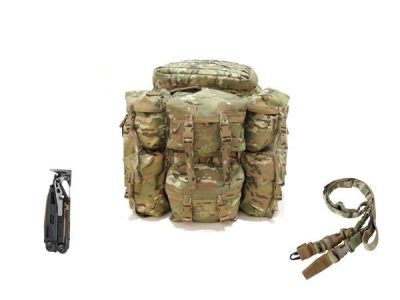Winter is Coming, or so they say. But put aside the fur rug, Jon Snow. As the Norwegians say, there’s no such thing as bad weather, only bad clothes. So let’s talk about some decent solutions to staying warm when you’re going into a cold environment, or when the temperature is likely to turn for the worse.
If you think about it, operating in cold environments actually has less to do with the weather than your body’s reaction to it, and there are two main ways your body responds to cold to protect your core temperature and thus survival. It can reduce blood flow to your extremities by constricting the blood vessels in your arms and legs. This is great to protect your brain and vital organs, but you can end up with numb hands and feet, neither of which is helpful in a live operation. Worse, its effects can leave you susceptible to frostbite should you be exposed for longer lengths in cooler temperatures. The other way your body can react is by shivering, which is your biology’s way of generating heat. Again, not ideal when you need to act with precision.
So bearing that in mind, we’re talking avoiding either of those effects in a cold and/or wet environment. Maybe the wind too. Sometimes you’re going to be moving, and obviously heating up, and other times you’re sitting still, but needing to stay alert. And sometimes, you need some decent sleep. So let’s go through what you need to perform at your best while staying comfortable in these environments.
Rule 1: Watch your head… and body

It’s actually a myth that we lose most of our body heat from our heads. Heat will actually be lost from wherever is exposed. However, the reality is that it’s our head, neck and upper chest that are actually 5 TIMES as sensitive to changes in temperature compared to the rest of our surface area. As a result, you have to cover these areas when the temps drop, or they’re going to be the most distracting for you. Depending on the temperature, a good solution is a microfleece head or neck wrap. These are breathable, so they’re comfortable and will wick moisture away from you, and depending on the model, you can use them as full head cover, face mask or neck warmer. Some great choices are the Condor Wrap Multicam, the Condor Thermo Neck Gaiter, and the Condor Fleece Multiwrap Multicam.
Rule 2: Layer
Whether you’re an alpinist or getting the job done in a tactical environment, the number one rule is to layer. In each case, you’re spending a lot of time moving, punctuated by equally long amounts of time potentially staying still. During this time, your body can obviously go from struggling to be warm to overheating. Wearing one big layer just isn’t practical, especially when you need to equip yourself with various outer gear in the form of platforms, pouches and packs. You’ve got to be able to layer in the right way so you can strip down if and when you need to. The common consensus is therefore to run with a soft base, from a simple t-shirt or thermal undergarments if necessary to a soft insulation layer, and work out to a protection layer. You’ll obviously have your own personal preferences, but we can recommend the 360 Degrees Active Thermal top as a great upper option, and the Condor Thermal Base II as excellent, highly breathable, fleecy thermal leggings. Moving out from there, you have the Condor Thermal Base II Zip Pullover as a really practical, non-bulky mid layer (it even has extra long sleeves with thumb holes!).
Rule 3: Stay dry
Moving out from there, you reach your outer layers. Here, the key is to keep the water and wind out while maintaining a bit of breathability. There’s nothing worse than sweating like a pig and feeling like you need to strip down in cold weather when you don’t have the luxury of time or situational safety to do so. This is where low weight jacket containing thermal fleece (ideally G-LOFT) with a water repellent yet breathable outer fabric (such as Gore Windstopper), really excel. Two impressive jackets with similar qualities are the lightweight Carinthia LIG Jacket 3.0, and its heavier big brother, the Carinthia MIG Jacket 3.0. And let’s not forget your feet! Nothing will give you blisters quicker than wet feet. So keep them warm while wicking that sweat away with a pair of Fox River Wick Dry Max socks with Spandex arch support.
Rule 4: Maintain readiness, but get enough rest

Sometimes you have opportunities for rest, but need to maintain readiness. This is where Valhalla’s range of Nightwalker tactical sleeping bags come in.
Rated to an extreme temperature limit of up to -15°c for the Nightwalker V, the Nightwalker range’s arm ports allow you to perform tasks and even remove your feet via the base while your body stays encased and warm. The insulation is flat-filled to reduce cold spots and even incorporates an ultra thin layer of anti-bacterial pure silver microfibre which also increases its heat-retaining capabilities.
When you do get the opportunity, getting enough sleep is absolutely imperative to restore your body’s depleted energy reserves for when you have to be alert and quick on your feet again. The problem is that your body can only do this when it’s warm enough – and given the optimum sleeping temperature is give or take 20 degrees, in colder weather, a good sleeping bag is a must. But what’s a “good” sleeping bag, anyway? Well, it normally boils down to balancing warmth with size and weight. What’s the lightest you can get away with? It depends on how cold you’re expecting the environment to be. Our Nightwalker range is ideal for moderate to extreme environments – check out the Nightwalker V and the slimmer Nightwalker IV at www.valhallatactical.com.au.
Need more advice? At Valhalla Tactical, we’ve lived the missions, so can let you know exactly what you need. Contact us today.





